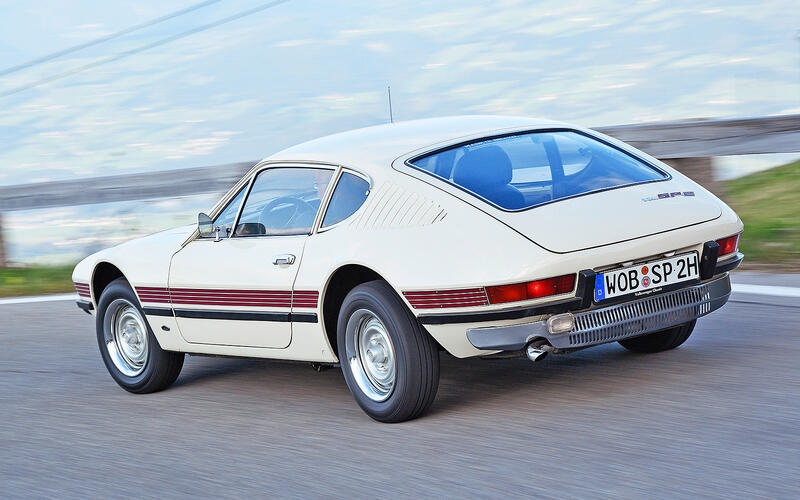Sporty Cars That Looked Fast But Actually Really Weren’t
The automotive world is full of cars that look like they can tear up the tarmac with ease, but not all of them live up to their aggressive appearances. Some cars are all show and no go, sporting flashy designs and aerodynamic shapes that suggest high performance, but under the hood, they deliver far less than expected. Here’s a look at some sporty cars that looked fast but actually really weren’t.
1. Pontiac Fiero (1984-1988)
The Pontiac Fiero is a classic example of a car that looked like a speed demon but wasn’t. With its mid-engine layout and sleek, wedge-shaped design, the Fiero looked like it belonged on a race track. However, the reality was quite different. The early models were equipped with a 2.5-liter inline-four engine that produced a meager 92 horsepower. This, combined with the car’s less-than-ideal weight distribution and underwhelming suspension setup, made for a driving experience that was more about economy than excitement. Despite its racy appearance, the Fiero was more about looking the part than playing it.
2. Mitsubishi Eclipse (2000-2005)
The second-generation Mitsubishi Eclipse was a car that looked fast, especially in its turbocharged GSX form. However, not all Eclipses were created equal. The base models, with their aggressive styling, wide stance, and sporty proportions, suggested a car that could deliver thrilling performance. But many of these Eclipses were powered by a naturally aspirated 2.4-liter four-cylinder engine that produced just 154 horsepower. This lack of power made the base Eclipse more of a cruiser than a true sports car, disappointing those who expected its looks to translate into speed.
3. Toyota Celica (2000-2006)
The seventh-generation Toyota Celica had a design that screamed performance. Its sharp lines, low stance, and large rear wing gave it the appearance of a car built for speed. However, the base model, equipped with a 1.8-liter engine producing 140 horsepower, was far from fast. While it handled well and was fun to drive, the Celica was more of a sporty-looking economy car than a true performance vehicle. The GT-S trim, with its higher output engine, offered a bit more punch, but even then, the Celica never fully delivered on the promise of its looks.
4. Chevrolet Camaro (1982-1992)
The third-generation Chevrolet Camaro was a muscle car icon, with its long hood, wide stance, and aggressive styling. However, not all Camaros of this era were powerhouses. The base models were equipped with a 2.5-liter four-cylinder engine that produced just 90 horsepower. This engine struggled to move the Camaro’s considerable weight, resulting in performance that was far from muscle car territory. While V8 versions of the Camaro delivered the power expected from the nameplate, the four-cylinder models were a major letdown for anyone swayed by the Camaro’s menacing looks.
Conclusion
These cars serve as reminders that looks can be deceiving. While they may have had the style to suggest speed, their performance didn’t always measure up. Enthusiasts who value both form and function might have found these cars lacking, but they still hold a place in automotive history as examples of the sometimes surprising gap between appearance and reality.
